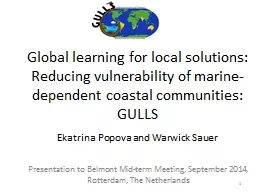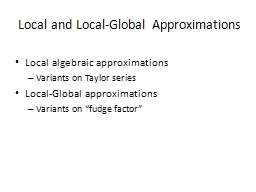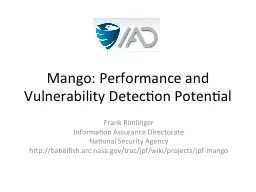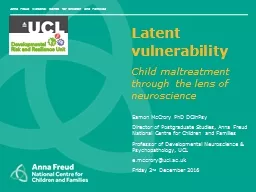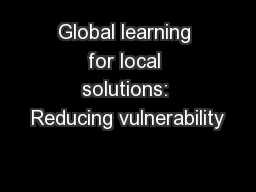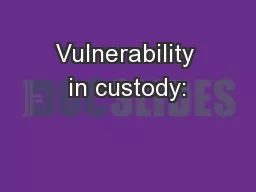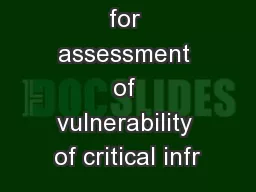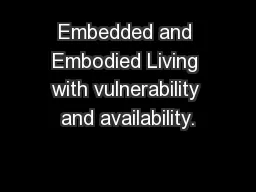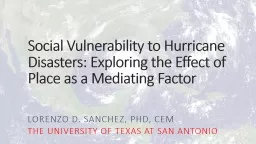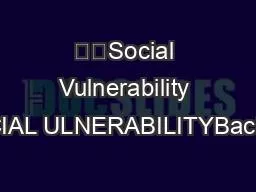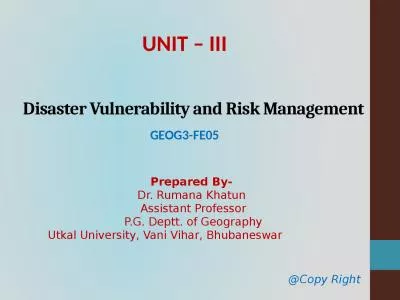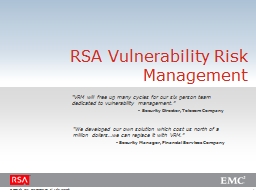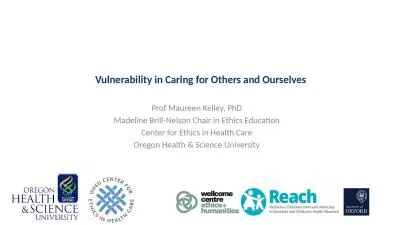PPT-Global learning for local solutions: Reducing vulnerability
Author : karlyn-bohler | Published Date : 2016-05-01
GULLS Presentation to Belmont Midterm Meeting September 2014 Rotterdam The Netherlands 1 Ekatrina Popova and Warwick Sauer 2 Climate Change Impacts on the Ocean
Presentation Embed Code
Download Presentation
Download Presentation The PPT/PDF document "Global learning for local solutions: Red..." is the property of its rightful owner. Permission is granted to download and print the materials on this website for personal, non-commercial use only, and to display it on your personal computer provided you do not modify the materials and that you retain all copyright notices contained in the materials. By downloading content from our website, you accept the terms of this agreement.
Global learning for local solutions: Reducing vulnerability: Transcript
Download Rules Of Document
"Global learning for local solutions: Reducing vulnerability"The content belongs to its owner. You may download and print it for personal use, without modification, and keep all copyright notices. By downloading, you agree to these terms.
Related Documents

